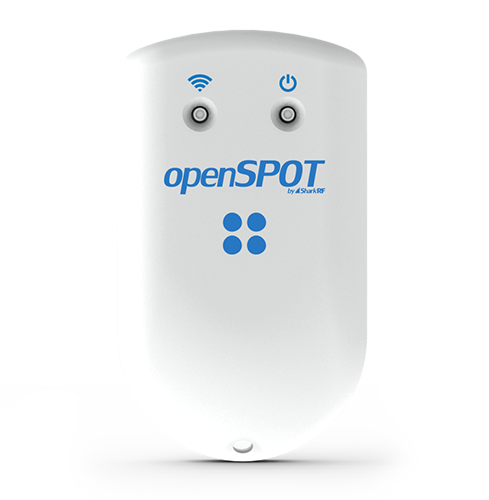| D-STAR | ||||||
D-STAR compatible radios are available for VHF, UHF, and 1.2 GHz amateur radio bands. In addition to the over-the-air protocol, D-STAR also supports network connectivity, enabling D-STAR radios to be connected to the Internet to stream voice and data communications. W4VO D-Star Repeater Links- D-Star Last Heard Getting Started You can use your new D-STAR radio for communication over the D-STAR network with out registering. However, to use a dongle, DVAP and control the gateway - you must register. If you are considering purchasing a D-STAR radio, go ahead and complete your registration. To register your call sign with the D-STAR network go to D-Star-registration. You should only register on one site - multipliable registrations can create problems. D-Star Online resources:
This link will provide your with W4VO Programming Details D-Star Net procedures. D-Star nets use the Quick Key format to check in. Key your radio or dongle for one second only when the frequency is clear, space your call. Tailgating will cause your transmission not to be heard. Wait one full second after the beep before transmitting. Net Control will acknowledge all quick-key check–ins seen. If your station is not acknowledged, be patient, Net Control will ask for additional check-ins. Icom’s DR mode (Digital Repeater mode) is a feature found in some Icom radios, particularly those designed for D-STAR (Digital Smart Technologies for Amateur Radio). Let’s explore how to use DR mode:
W4VO D-STAR Controller and Repeater
D-STAR Gateways The D-STAR gateway is a Linux based computer that run the D-STAR gateway, D-STAR plus, and Monlink software. The D-STAR gateway connects to the D-STAR repeater controller and to the Internet. The gateway controls the repeater and directs connections to and from the gateway DStar Reflector. The D-STAR controller also interfaces with four D-STAR repeaters - VHF, UHF, 1.2 GHz voice, and 1.2 GHz data.
The reflector is a Linix web server located at a data center with a high-speed Internet connection. The reflector accepts connections from D-STAR gateways and DV devices - like Dongles, DV access points, and hotspots. It then redistributes the information to all connected gateways and devices and redistributes DV information to all stations connected to a module. It acts as a digital repeater or voice bridge. The difference is that the reflector's inputs and outputs are digital rather than RF, with the DV to RF conversion happening remotely. Each reflector has several modules - A, B, C, D, and E Example REF030B. Reflector have be enhanced by adding a dashboard page that is available on the web. The dashboard will list all the inbound and ongoing reflector’s links - plus individual connections. The primary Georgia reflectors are REF030B and REF030C. D-Star Repeaters D-STAR Radios examples
Basic radio operations For radios with a “DR” mode: you will want to select your repeater, Link to Reflector, and then 30 C. Once linked, you will have to switch UR in the radio to “CQCQCQ” otherwise you will not be heard on the remote system. In the web calculator, for Function, select Local Repeater with Gateway. Then select the same module for Destination Module as the Source Module. DR radios select Use Reflector.
Digital Voice Access Point (DVAP)
Internet Labs Digital Voice Access Point Dongles connect to your computer and provide a 2 meter or 70 cm Access Point for your D-STAR radio. The DVAP is a 10 mW digital transceivers units will work with your D-STAR radio all around the house with the included stub antenna. Attachment to a better antenna will yield extended coverage. Using a DV Access Point Dongle, an Internet connection and a D-STAR transceiver, a user may connect to, and communicate with, D-STAR gateways and reflectors . The DVAPTool application used with the DV Access Point Dongle may be installed and run on Microsoft Windows, Mac, or many flavors of Linux. You’ll need to install the FTDI drivers - www.ftdichip.com/Drivers/VCP.htm and download the application for your OS from the DVAP website - www.dvapdongle.com The installation instructions are included with the DVAP. The DVAP can also be used with the Raspberry PI.
SharkRF openSPOT 4
The openSPOT4 Pro is our latest battery powered, portable, standalone digital radio internet gateway (hotspot) designed mainly for amateur radio use. You can talk with others on digital radio networks by using an openSPOT4 Pro, Wi-Fi internet access, and your digital transceiver. It includes a new CPU and a completely Wi-Fi module, which means both the web interface and update downloads are blazing fast. The built-in battery has a larger capacity, and the device can work much longer than our previous battery-powered models thanks to the new hardware and optimized software. openSPOT4 – SharkRF Hotspot
|
Home - Contact Us - Membership
© Northwest Georgia Amateur Radio Club | W4VO@Comcast.net

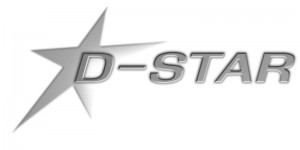
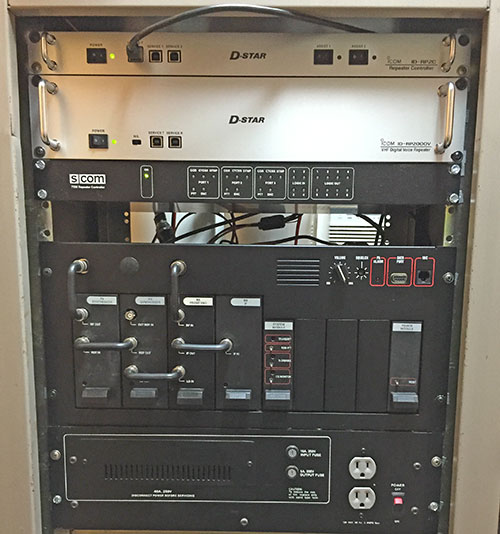
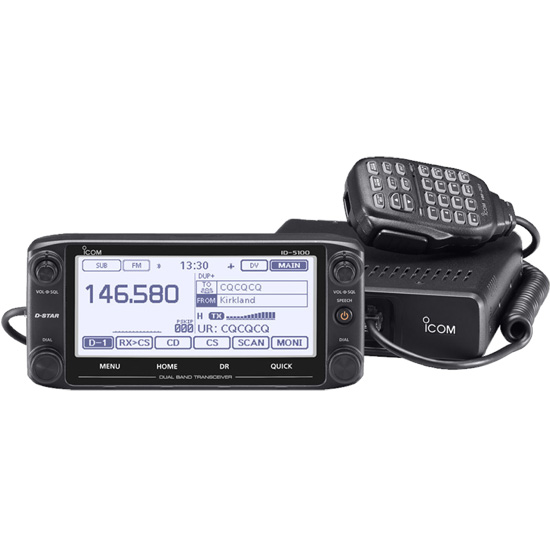

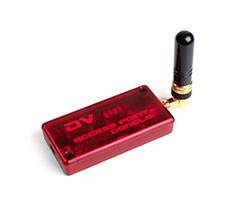 Digital Voice Access Point Dongle - VHF or UHF
Digital Voice Access Point Dongle - VHF or UHF